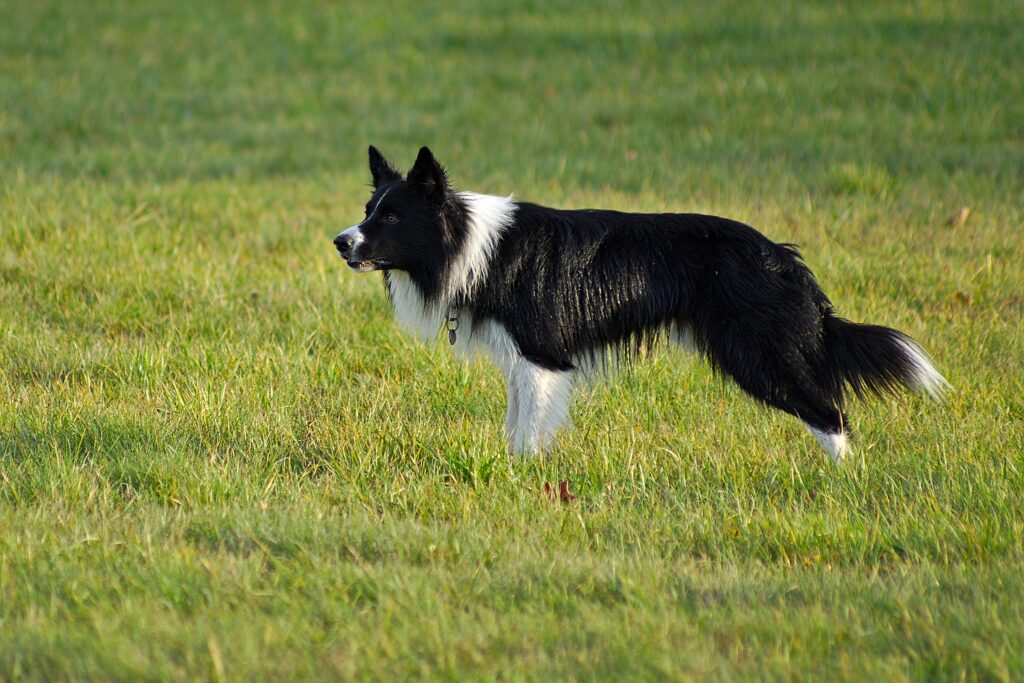
The AKC group of herding dogs encompasses a collection of canines known for their exceptional instinct to gather, guard, and move livestock. Historically bred for farm work, these dog breeds showcase impressive intelligence, agility, and stamina, enabling them to manage large herds across varied terrains. Breeds like the Border Collie, Australian Shepherd, and Belgian Malinois, among others, epitomize the herding group’s inherent work ethic and drive. Their keen senses, combined with unwavering loyalty, make them excellent working partners on farms and ranches and devoted family companions, especially when their energy and intellect are channeled appropriately.
Herding Group List
| Breed | Image | Origin | Life Expectancy | Size |
|---|---|---|---|---|
| German Shepherd Dog |  | Germany | 7-10 yrs | Large |
| Pembroke Welsh Corgi |  | Wales | 12-13 yrs | Medium |
| Australian Shepherd |  | United States | 12-15 yrs | Large |
| Shetland Sheepdog | 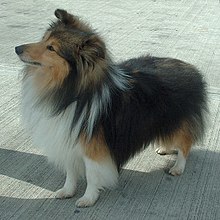 | Scotland | 12-14 yrs | Small |
| Border Collie |  | England | 12-15 yrs | Medium |
| Miniature American Shepherd |  | United States | 12-13 yrs | Medium |
| Belgian Malinois | 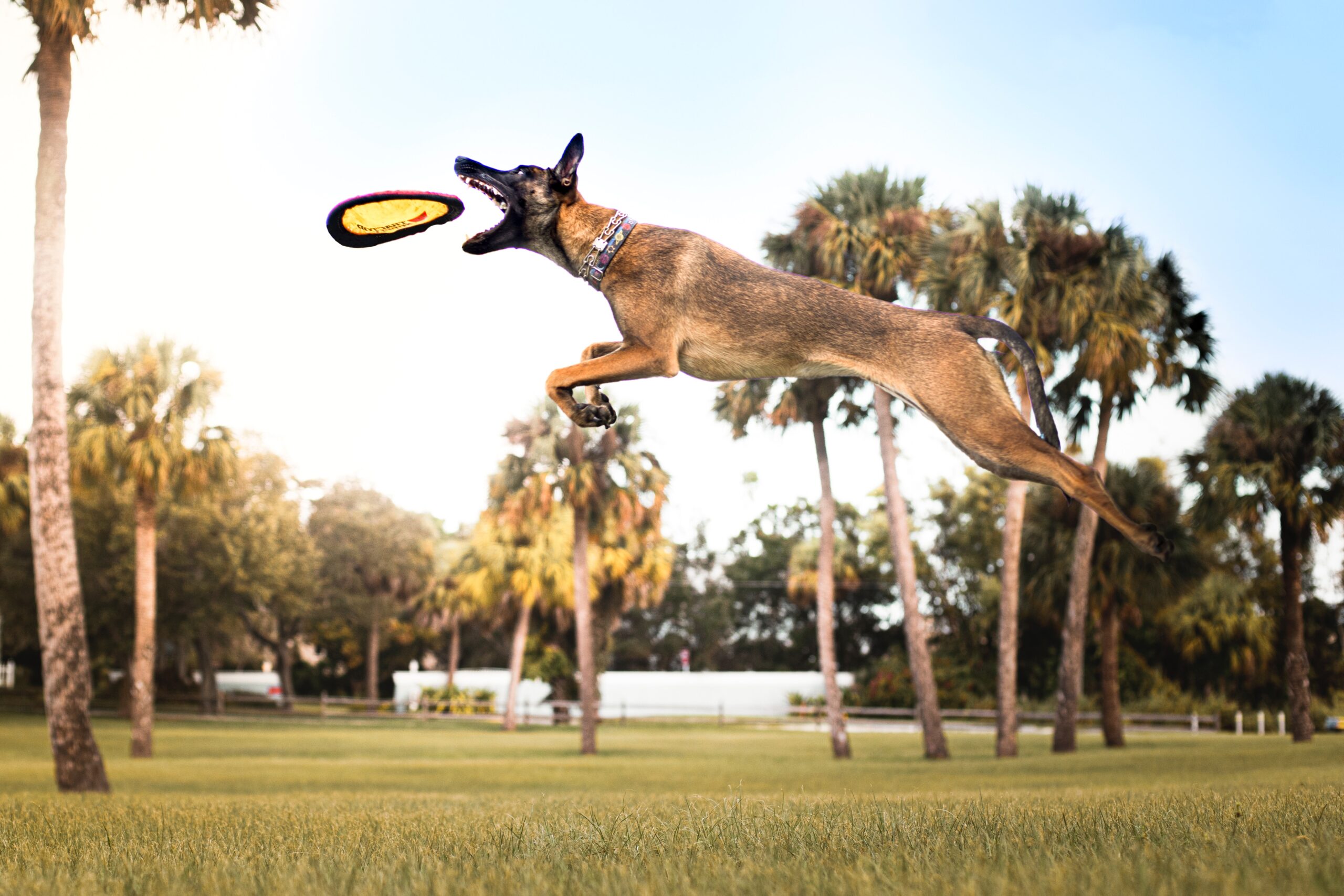 | Belgium | 14-16 yrs | Large |
| Collie | 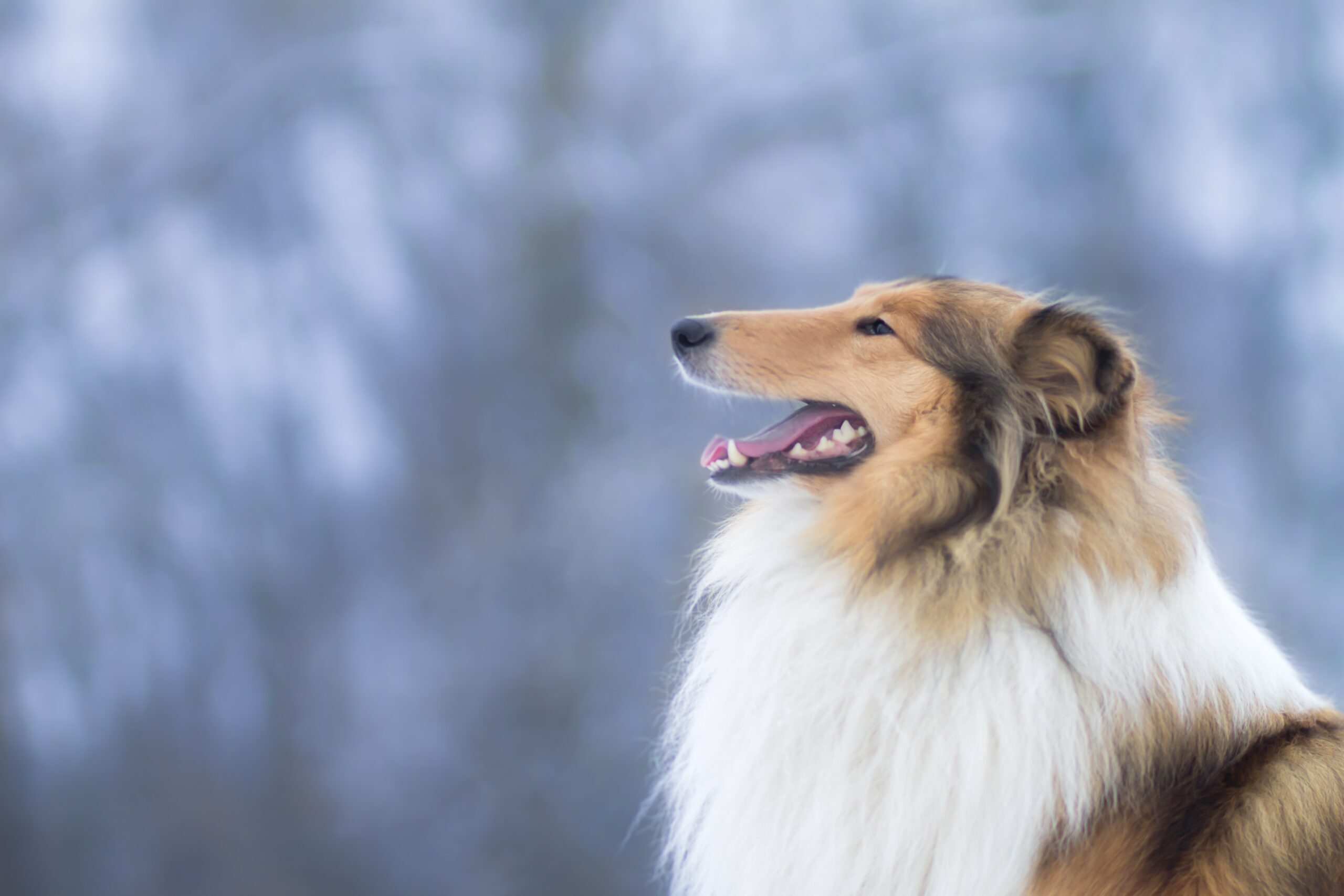 | Scotland | 12-14 yrs | Large |
| Australian Cattle Dog |  | Australia | 12-16 yrs | Medium |
| Cardigan Welsh Corgi |  | Wales | 12-15 yrs | Medium |
| Old English Sheepdog | 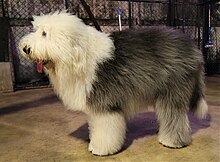 | England | 10-12 yrs | Large |
| Bouvier des Flandres |  | Belgium | 10-12 yrs | Giant |
| Belgian Tervuren |  | Belgium | 12-14 yrs | Large |
| Beauceron |  | France | 10-12 yrs | Giant |
| Bearded Collie |  | Scotland | 12-14 yrs | Medium |
| Belgian Sheepdog |  | Belgium | 12-14 yrs | Large |
| Icelandic Sheepdog |  | Iceland | 12-14 yrs | Medium |
| Pumi | 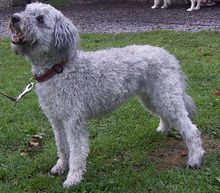 | Hungary | 12-13 yrs | Medium |
| Mudi | 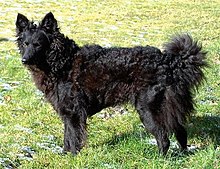 | Hungary | 12-14 yrs | Medium |
| Briard | 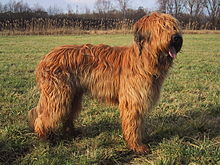 | France | 12-12 yrs | Large |
| Berger Picard |  | France | 12-13 yrs | Large |
| Swedish Vallhund |  | Sweden | 12-15 yrs | Medium |
| Puli | 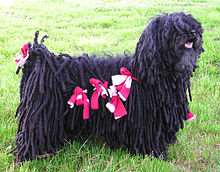 | Hungary | 10-15 yrs | Medium |
| Entlebucher Mountain Dog |  | Switzerland | 11-13 yrs | Large |
| Spanish Water Dog |  | Spain | 12-14 yrs | Medium |
| Finnish Lapphund |  | Finland | 12-15 yrs | Medium |
| Norwegian Buhund |  | Norway | 12-15 yrs | Medium |
| Bergamasco |  | Italy | 13-15 yrs | Large |
| Polish Lowland Sheepdog |  | Poland | 12-14 yrs | Medium |
| Canaan Dog |  | Middle East | 12-15 yrs | Medium |
| Pyrenean Shepherd |  | Spain | 0-0 yrs | Medium |
| Belgian Laekenois | Belgium | 10-12 yrs | Large | |
| Lancashire Heeler | 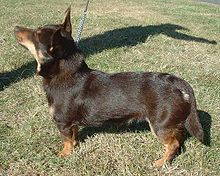 | England | 12-15 yrs | Small |
Pros and Cons of Herding Dogs
Pros:
- Intelligent and Trainable:
- Herding group dogs are incredibly smart and quick learners. This makes them relatively easy to train, and they often excel in obedience and other dog sports.
- Active and Energetic:
- These dogs typically have a lot of energy and stamina, making them great companions for active individuals or families, as well as excellent working dogs.
- Loyal and Protective:
- Dogs in the herding group tend to form strong bonds with their families. They are often protective, making them good watchdogs.
- Versatile:
- With their intelligence and energy, herding dogs can excel in various activities beyond herding, such as agility courses, search and rescue, and service or therapy roles.
- Instinctive Workers:
- Their natural herding instincts make them excellent workers, particularly on farms and in other rural settings where animals are present.
Cons:
- Need for Mental and Physical Stimulation:
- Due to their intelligence and energy levels, herding dogs require plenty of mental and physical stimulation. They can become bored and potentially destructive if not adequately engaged.
- Potential for Herding Behavior:
- As expected, these dog breeds may display herding behavior, such as chasing and nipping, even in a non-farm environment. This can be directed towards other animals, children, or even adults.
- May Be Reserved Around Strangers:
- Some herding dogs can be somewhat reserved or cautious around new people or unfamiliar situations, which could lead to shyness or nervousness.
- Grooming Requirements:
- Depending on the breed, some herding dogs can have significant grooming needs due to their coat types.
- Space Needs:
- These dogs generally thrive in environments where they have plenty of space to run and play. A small apartment might not be the most suitable living situation for them.
More Resources
Remember to visit our resources page for our dog socialization checklist, book recommendations, and more.
